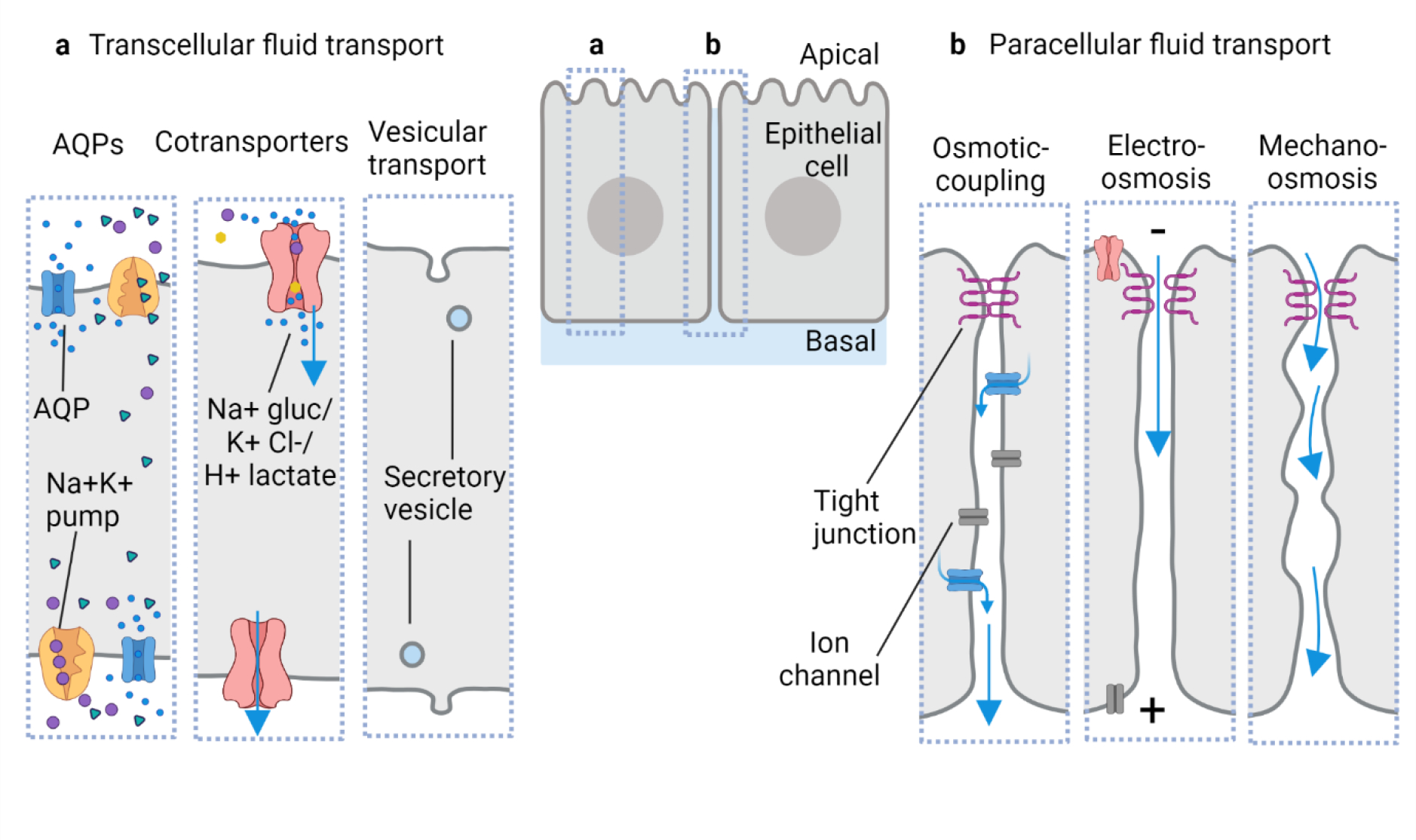Fig. 2: Proposed routes of water movement across epithelial cell and tissue barriers.

a) Transcellular transport of water through the cells can be achieved via multiple modes: (left to right) solute imbalances within the cell for example due to the Na+/K+ pump can lead to a flow of water through aquaporins (AQPs) and membrane diffusion; water can also be transported via cotransporters such as Na+/glucose, H+/lactate, and K+/Cl− and vesicular transport such as pinocytosis and exocytosis can also enable water transport. b) Paracellular transport of water has been proposed across diverse epithelia: (left to right) the osmotic coupling model suggests water transport by following the ionic flux (osmosis) in the lateral intercellular spaces; electro-osmosis shown in the rabbit corneal endothelium suggests electric potential generation across the epithelial cells via differential ion pumping that eventually leads to flow of counterion current with water; mechano-osmosis model suggests an active role of cellular junctions and lateral membranes in transporting water flow by generating micro-peristalsis movements. Blue arrows represent the flow of water.
